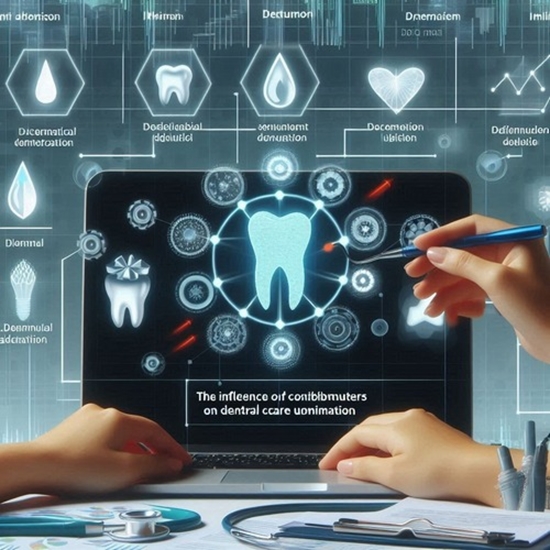Published: 17 July 2024
To appreciate the influence of contributed determinants on dental care utilization in the context of socio-economic inequalities
این مطالعه با هدف کمی کردن تأثیر تعیینکنندهها بر استفاده از خدمات دندانپزشکی در زمینه نابرابریهای اجتماعی-اقتصادی در میان بزرگسالان ساکن کلانشهر تهران انجام شد.

Abstract
Background
To appreciate dental care utilization in the context of socio-economic inequalities, it is imperative to identify sources of inequalities and evaluate the extent to which dental care utilization is still related to socio-economic status. This study aimed to quantify the influence of contributed determinants on dental care utilization in the context of socio-economic inequalities amongst adults residing in Tehran metropolis.
Methods
In this cross-sectional community-based study, a stratified random sample of 1,510 subjects aged over 18 years was investigated by the zero-inflated Poisson analysis to measure the effect of determinants on utilization of dental care, and concentration index as well as the decomposition approach to identify the contributions of deterministic variables to the socio-economic inequality. Data was obtained by employing a phone interview survey. Individuals who were not willing or able to answer the questions in the telephone interview due to hearing or neurological problems did not participate in the interview. Dental care utilization was measured using the number of dental appointments.
Results
Gender (male), oral health-related behaviors (such as brushing and dental flossing), experience of toothache, and concern about dental appearance were associated with an increased likelihood of utilizing dental care. Individuals who belonged to advanced age groups and lived alone significantly underutilized dental care. The concentration index equaling 0.05 (SE = 0.05) corroborates a pro-rich inequality. Decomposition analysis demonstrated the impact of oral health-related behaviors (i.e. dental brushing and use of dental flossing), concern about dental appearance, toothache, gender (male), insurance coverage of dental care, and smoking habit on the poor-rich gap in the dental care utilization.
Conclusions
The influence of socio-economic inequalities on dental care utilization is discernable along the entire spectrum of socio-economic status. Individuals with lower socio-economic status experience more underutilization of dental care. Community subgroups, particularly the more deprived bracket, require consideration from key stakeholders, including policymakers and health professionals for the enhancement of dental care utilization as revealed by underlying determinants.




ارسال نظر